7 Medicinal Plants You Can Grow at Home
Why make a trip to the pharmacy when you can just visit your backyard? From St. John’s Wart to chamomile, here’s your zone-by-zone guide to botanical remedies.
7 Medicinal Plants You Can Grow at Home
Why make a trip to the pharmacy when you can just visit your backyard? From St. John’s Wart to chamomile, here’s your zone-by-zone guide to botanical remedies.

All of the herbs below have a long history of medicinal use and are widely recognized as safe. Still, always consult with a professional herbalist and/or physician to ensure that there are no contraindications with medications you’re taking or pre-existing medical conditions you have.
Use this interactive map from the USDA to find your plant hardiness zone, so you’ll know what you can plant where you are.
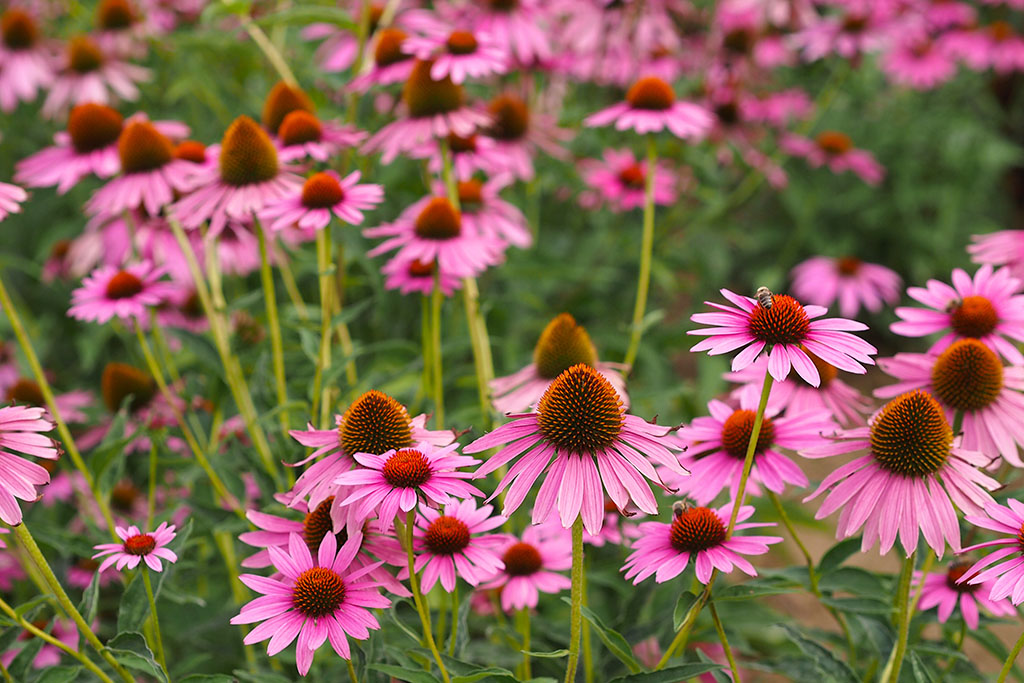
Echinacea (Echincaea purpurea and Echinacea angustifolia) ”“ Zones 3 to 9
Commonly called coneflower, this native plant is prized for its ornamental qualities, as well as its immune boosting properties. Only the roots have medicinal potential, so you’ll have to dig up the plant to harvest them in the fall for use in both teas and tinctures. Echinacea can be grown from seeds or seedlings in full sun and reaches heights of about 2 feet.

Passionflower (Passiflora incarnata) ”“ Zones 5 to 9
While passionflower blossoms are beautiful to behold, it’s the leaves of this cold-hardy species that house medicinal applications, as both a mild sedative and an aphrodisiac. Harvest in spring, summer, or fall. Use in teas and tinctures. Passiflora incarnata can be grown from seeds or seedlings in full sun and reaches heights of about 20 feet.
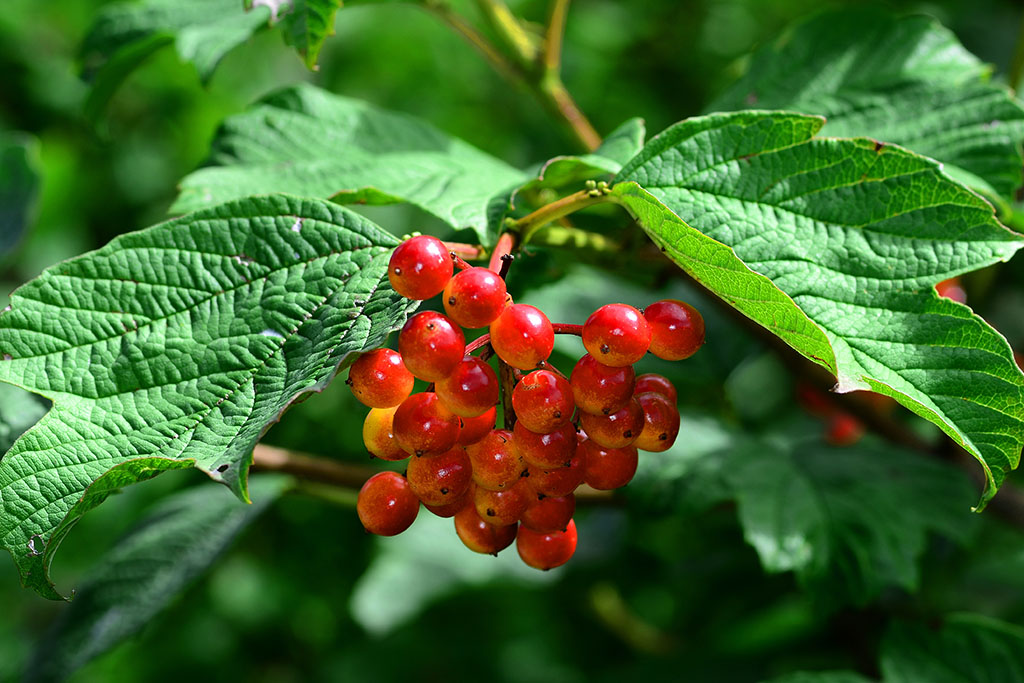
Cramp Bark (Viburnum opulus) ”“ Zones 3 to 8
The bark of this European shrub – also known as snowball bush, highbush cranberry, and guelder rose – is employed to relieve menstrual cramps (which explains one of its common names). In early spring, when the sap starts to flow, just before the leaves appear, the bark peels easily from the smaller branches. It’s primarily used in tincture form. Viburnum opulus should be grown in full sun and will reach heights of 8 or 10 feet.
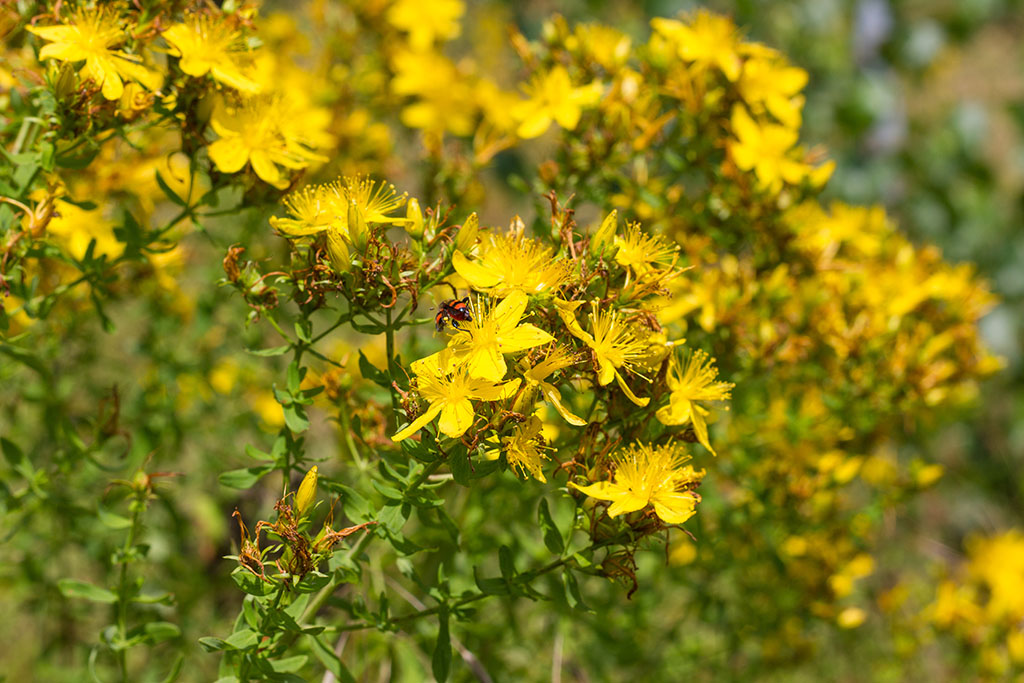
St. John’s Wort (Hypericum perforatum) ”“ Zones 3 to 8
These bright yellow blossoms are more frequently called upon to treat mild depression and other mood disorders, though a variety of other medicinal benefits have been attributed to them. The flowers are harvested in summer for use in tea or tincture. St. John’s Wort can be grown from seeds or seedlings in full sun and reaches heights of about 2 feet.
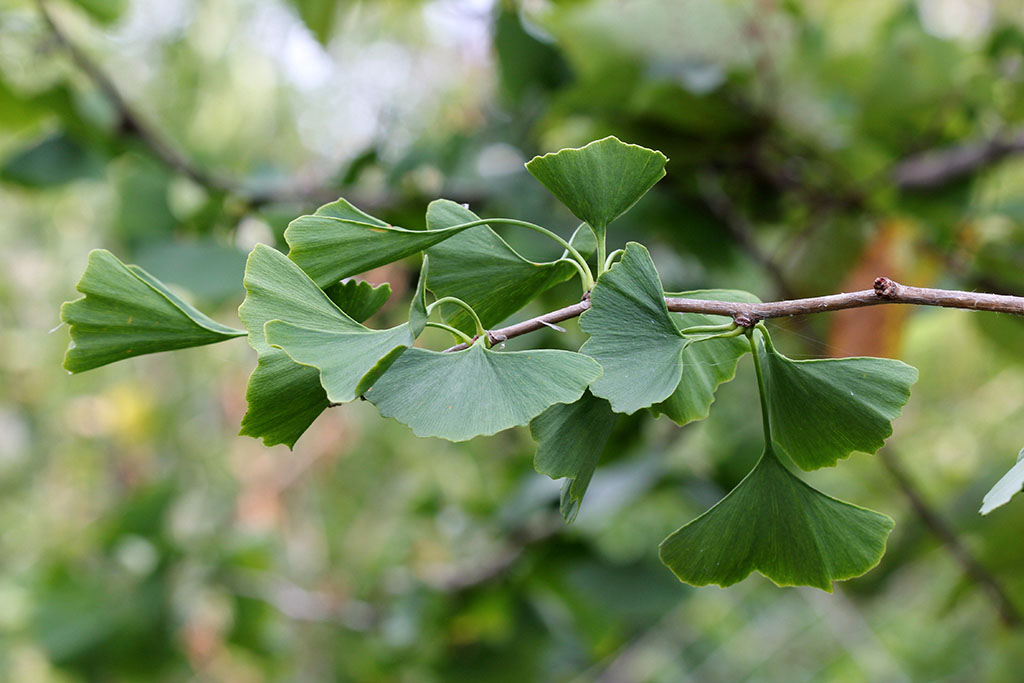
Gingko (Gingko biloba) ”“ Zones 3 to 9
This Asian tree has a long history in traditional Chinese medicine, involving a range of conditions, from glaucoma to heart disease. Today, in Western culture, Gingko biloba is associated with improved memory function. Harvest the leaves in spring or summer; primarily used in tincture form. Gingko can be grown from seedlings in full sun and grows slowly to 50 feet or more.
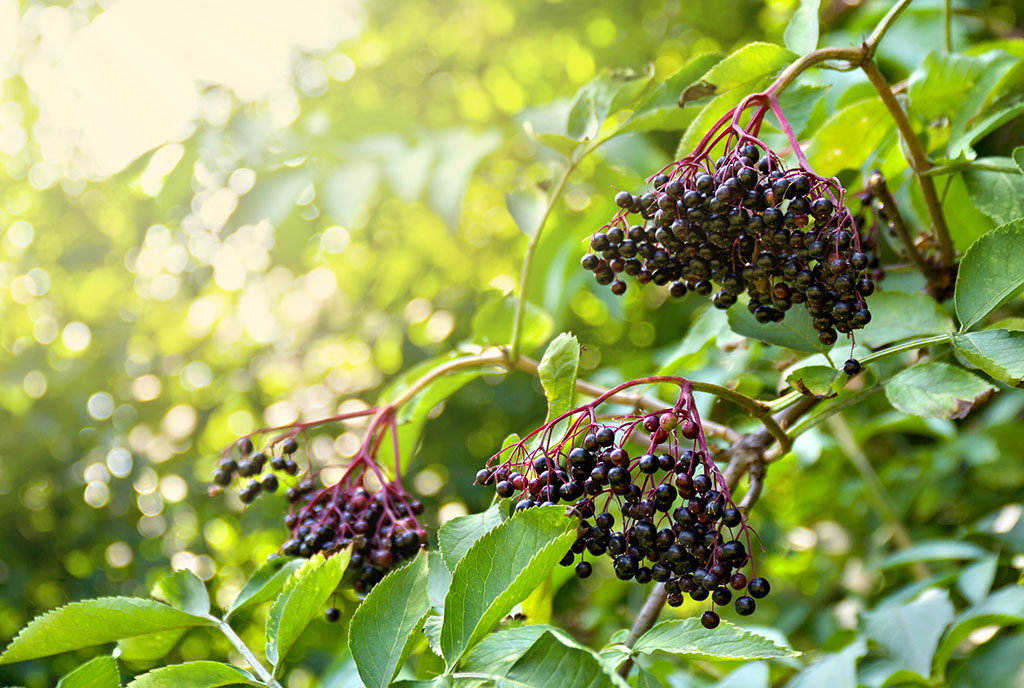
Elderberry (Sambucus nigra) ”“ Zones 3 to 9
Both the creamy, saucer-shaped blossoms and purplish-black berries of this European shrub have been adapted to ease cold and flu symptoms, particularly bronchial irritation and coughing. Harvest the flowers in spring and the berries in late summer for use in both teas and tinctures. Elderberry cough syrup (made with honey, cinnamon cloves, and ginger) is one of the most popular ways to take it. Elderberry should be grown in partial sun and will reach heights of 10 to 15 feet.
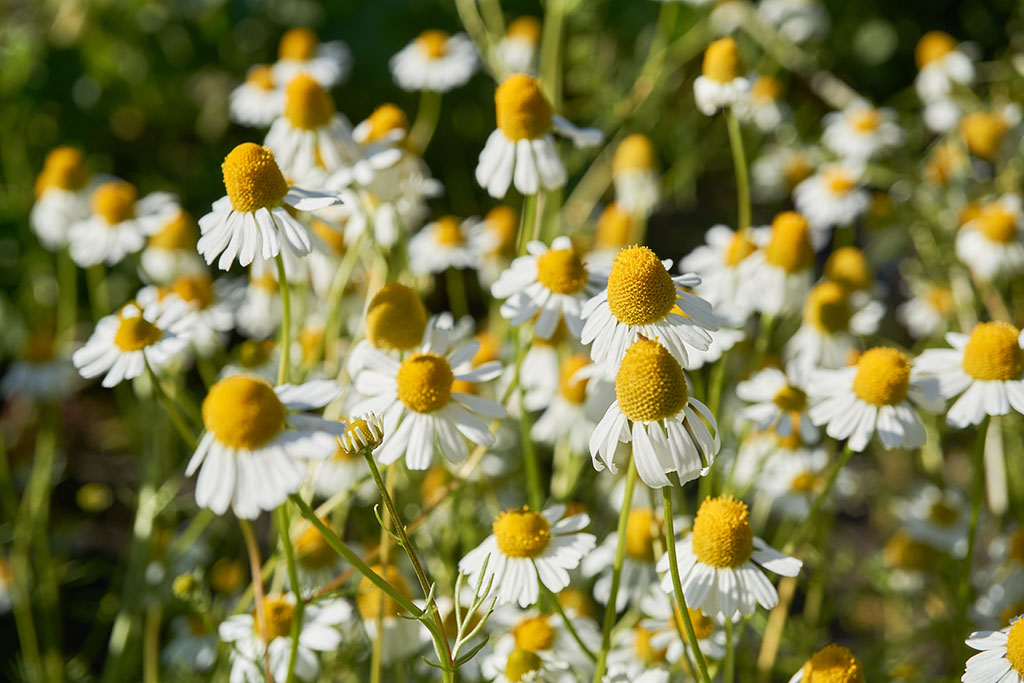
German Chamomile (Matricaria recutita) ”“ Annual
This dainty daisy-like flower has long been a popular Western remedy for everything from chest colds and stomachaches to anxiety and insomnia. The flowers are used for medicinal purposes, generally as a tea. Harvest in summer. Chamomile can be grown from seed in full sun and reaches heights of about 18 inches.
SaveSave
SaveSave
Follow us
This work is licensed under a Creative Commons Attribution-NoDerivatives 4.0 International License.
Want to republish a Modern Farmer story?
We are happy for Modern Farmer stories to be shared, and encourage you to republish our articles for your audience. When doing so, we ask that you follow these guidelines:
Please credit us and our writers
For the author byline, please use “Author Name, Modern Farmer.” At the top of our stories, if on the web, please include this text and link: “This story was originally published by Modern Farmer.”
Please make sure to include a link back to either our home page or the article URL.
At the bottom of the story, please include the following text:
“Modern Farmer is a nonprofit initiative dedicated to raising awareness and catalyzing action at the intersection of food, agriculture, and society. Read more at <link>Modern Farmer</link>.”
Use our widget
We’d like to be able to track our stories, so we ask that if you republish our content, you do so using our widget (located on the left hand side of the article). The HTML code has a built-in tracker that tells us the data and domain where the story was published, as well as view counts.
Check the image requirements
It’s your responsibility to confirm you're licensed to republish images in our articles. Some images, such as those from commercial providers, don't allow their images to be republished without permission or payment. Copyright terms are generally listed in the image caption and attribution. You are welcome to omit our images or substitute with your own. Charts and interactive graphics follow the same rules.
Don’t change too much. Or, ask us first.
Articles must be republished in their entirety. It’s okay to change references to time (“today” to “yesterday”) or location (“Iowa City, IA” to “here”). But please keep everything else the same.
If you feel strongly that a more material edit needs to be made, get in touch with us at [email protected]. We’re happy to discuss it with the original author, but we must have prior approval for changes before publication.
Special cases
Extracts. You may run the first few lines or paragraphs of the article and then say: “Read the full article at Modern Farmer” with a link back to the original article.
Quotes. You may quote authors provided you include a link back to the article URL.
Translations. These require writer approval. To inquire about translation of a Modern Farmer article, contact us at [email protected]
Signed consent / copyright release forms. These are not required, provided you are following these guidelines.
Print. Articles can be republished in print under these same rules, with the exception that you do not need to include the links.
Tag us
When sharing the story on social media, please tag us using the following: - Twitter (@ModFarm) - Facebook (@ModernFarmerMedia) - Instagram (@modfarm)
Use our content respectfully
Modern Farmer is a nonprofit and as such we share our content for free and in good faith in order to reach new audiences. Respectfully,
No selling ads against our stories. It’s okay to put our stories on pages with ads.
Don’t republish our material wholesale, or automatically; you need to select stories to be republished individually.
You have no rights to sell, license, syndicate, or otherwise represent yourself as the authorized owner of our material to any third parties. This means that you cannot actively publish or submit our work for syndication to third party platforms or apps like Apple News or Google News. We understand that publishers cannot fully control when certain third parties automatically summarize or crawl content from publishers’ own sites.
Keep in touch
We want to hear from you if you love Modern Farmer content, have a collaboration idea, or anything else to share. As a nonprofit outlet, we work in service of our community and are always open to comments, feedback, and ideas. Contact us at [email protected].by Brian Barth, Modern Farmer
September 18, 2017
Modern Farmer Weekly
Solutions Hub
Innovations, ideas and inspiration. Actionable solutions for a resilient food system.
ExploreExplore other topics
Share With Us
We want to hear from Modern Farmer readers who have thoughtful commentary, actionable solutions, or helpful ideas to share.
SubmitNecessary cookies are absolutely essential for the website to function properly. This category only includes cookies that ensures basic functionalities and security features of the website. These cookies do not store any personal information.
Any cookies that may not be particularly necessary for the website to function and are used specifically to collect user personal data via analytics, ads, other embedded contents are termed as non-necessary cookies.
Big learning curve for me, but so amazing that beneficial life foods and herbs aee all around us.